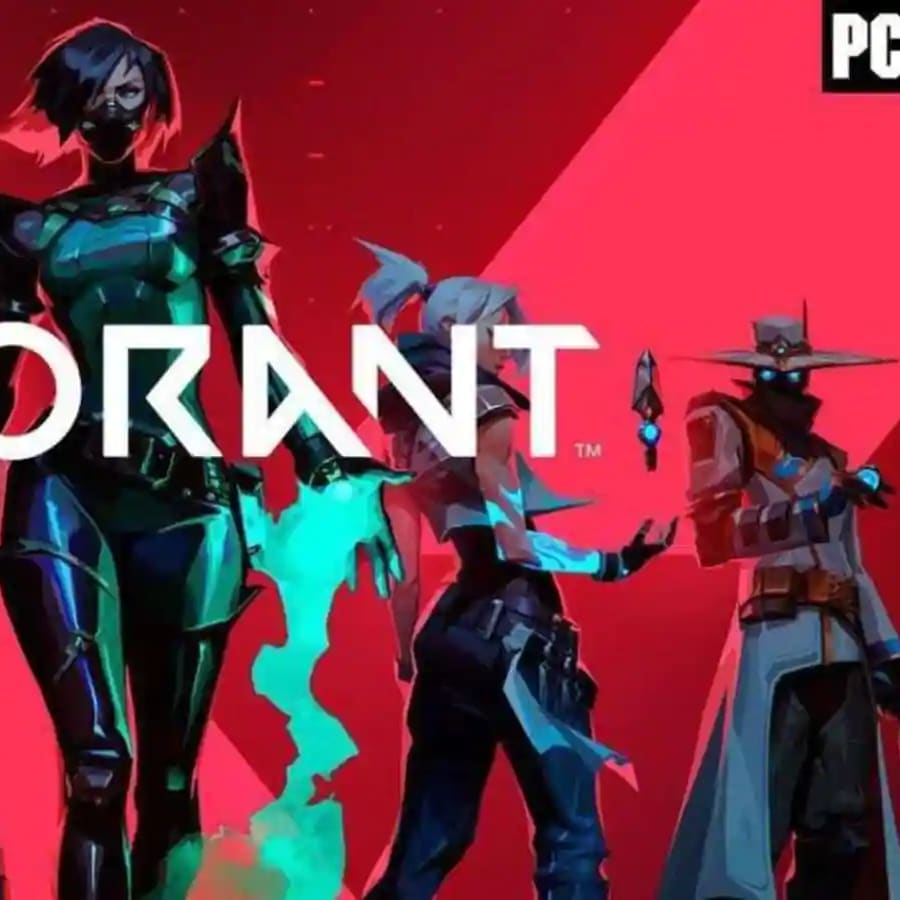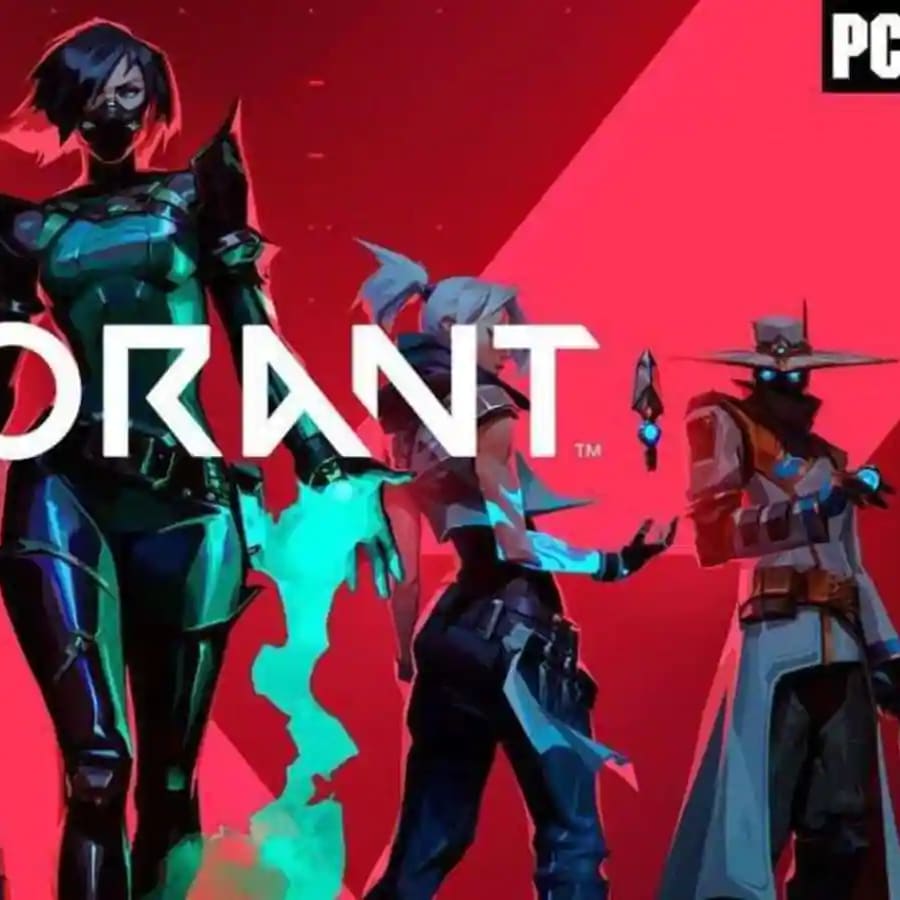Blizzard announced several changes to Hearthstone to keep it more in line with other competitive card games. These changes range from deck slots to cards eligible for competitive play. The developers at Blizzard are overhauling the game to add an entirely new format as well as introduce a feature that restricts certain cards from play.
The Changes
Previously, all cards were eligible to be used in competition as well as on the ranked ladder. This was overwhelming for some, especially those who were not beta veterans and had a hard time compiling all of the old cards while also trying to keep up with the remaining new cards, in order to stay relevant.To combat this, Hearthstone will now have two different ranked game modes.
The first of the two game modes is "Standard" which will be the format that tournaments will follow. This iteration of the game will have limitations on what cards players are able to use, and will require them to craft decks built "solely from cards that were released in the current and previous calendar year" as well as the basic cardset and those that come from Classic Packs. This means that as of now, players will be able to use the Blackrock Mountain, The Grand Tournament, League of Explorers, and the cards from the basic set.
Hearthstone is not the first card game to adopt rules regarding what cards may be used in competitive play. Magic:The Gathering also uses a system of banned and restricted cards "to help maintain the diversity and health of the tournament environment". This means that some cards are banned altogether from competitive play, while others are limited to only one of a kind per deck, or only allowed in a specific format. "Standard" is also a format in Magic, however it is the exact same as the second game mode that Hearthstone has introduced.
"Wild" is the other 'new' game mode, however it's not quite as wild as the name suggest. The Wild game mode simply consists of the same format that is used currently: any cards from any expansions as well as the base set are permitted; meaning nothing is off limits.
In order to play this "Wild" format, newcomers may want some of the old cards from past expansions, however Blizzard has stated in their announcement that the old Adventures "will no longer be available for purchase from the shop". This has been one of the more controversial changes in the update, as it doesn't allow new players to play through the old Adventures. They will still be able to collect the cards, using Arcane Dust, but it will no longer allow the fun of playing through the Adventures themselves. On the flip side, some are praising this change, as it makes the game far more accessible to those just entering it. Instead of a first time player looking in the shop and seeing an endless number of price tags, they will be limited in what is shown that they can purchase, which will hopefully not scare them off.
The final major change that is coming with this new update in the spring is the doubling of player's deck slots. This has been one of the most requested changes since the early days of Hearthstone, and will now allow players to cycle between eighteen decks, rather than the previous nine they were limited to.
Competitive Implications
The big thing that is getting the competitive community riled is that the power of certain classes may make them unbearable to deal with. Druid specifically seems to be a potential problem, as it's base set of cards makes up a large portion of many powerful decks. These decks generally include: Innervate, Wild Growth, Wrath, Roar, Keeper, Swipe, Druid of the Claw, Azure Drake, Force of Nature and Ancient of Lore. These cards have all been the structure of many Druid decks, and seem to be the ones that will dominate the new format, so it is likely we will see balance changes around control cards such as these.
Additionally, previously popular decks will no longer be valid as their core components are no longer permitted in play. Cards from the Goblins-vs-Gnomes collection will not be valid in this new form; that means no more Dr. Boom and his bots, or Piloted Shredders. This also means that staple cards based around preventing damage to your hero are also being removed. Without Healbots or Sludge Belcher, we may see a rise in the Face Hunter once again.
Many pros and spectators alike are looking forward to these changes and what they mean for competitive gameplay, but some are also wary. Will these changes introduce a rise in Face Hunter decks or will the introduction of new cards and balance changes be enough to revitalize the competitive atmosphere and introduce a new wave of intricate decks and strategies? Only time will tell, and until Spring when the update goes live, we will just have to consider all of the possibilities and get a jump on the competition with any new ideas we are able to form.
You can read more about the changes over at battle.net as well as watch their new Designer Insights video, in which they talk more about the changes and reasons behind them, here.



































